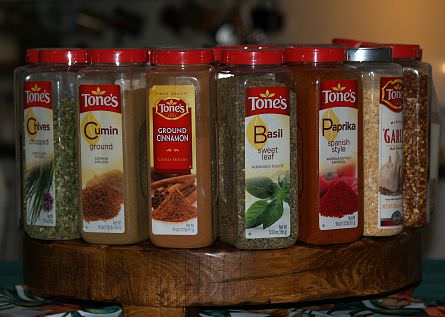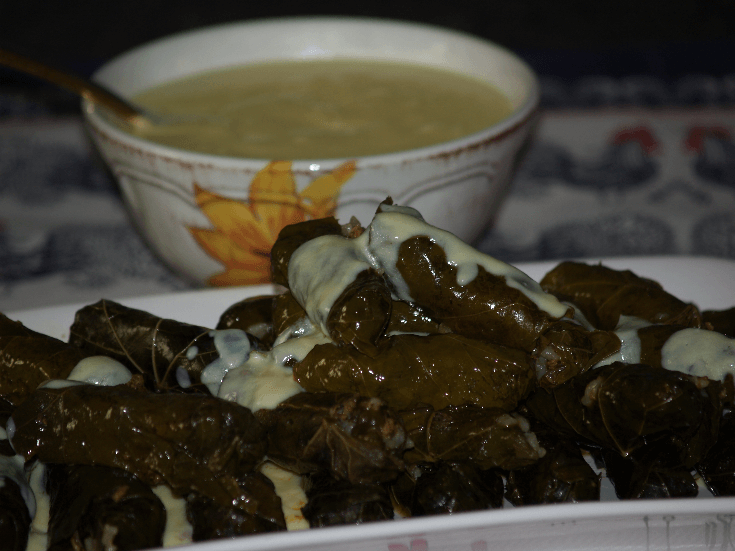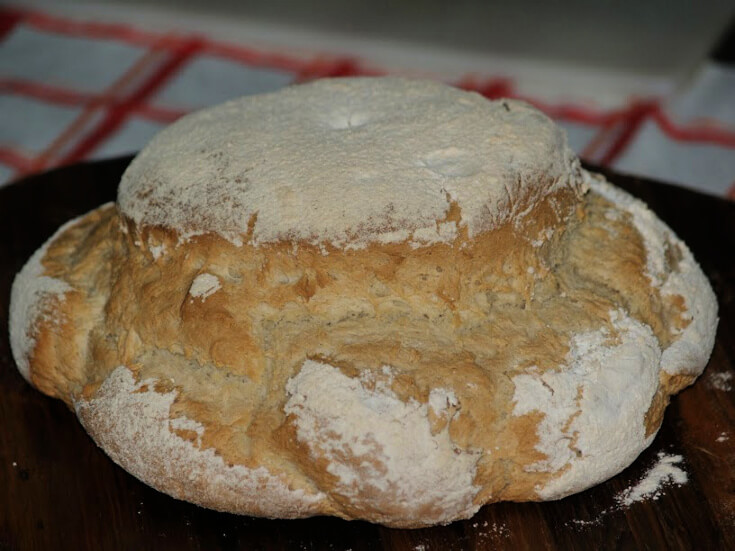- Painless Cooking
- Spices
- History of
History of Spices, Storing, Benefits and Use
Learning about the history of spices is to learn about the history of mankind itself especially since the earliest civilizations used spices for medicinal purposes, as dyes, to improve the storage ability of food and for flavor. The pungent spices that are familiar today were only available from Asiatic countries and for hundreds of years were grown, harvested and transported slowly by people and beasts of burden from the East coasts of China to Europe.
History of Spices Egyptian Use
The Egyptians used spices in every aspect of their lives
including spices in their cosmetics, religious practices, food
preservation and eating, as well as burial practices. For centuries
spices were as valuable as gemstones and precious metals, including gold
and silver.
Charlemagne Promotes Spice Use
Texts were written in the first century by Pliny that described the available spices and herbs and the health benefits of spices, including what medical conditions they treated. Later, Charlemagne decreed that every estate was to plant and grow a wide variety of spices and herbs to improve the health of the people by using them in food, as well as for medicine.
The history of spices and the spice trade routes was once an important aspect of world history classes, and learning to cook with these spices was handed down from generation to generation first hand.
Health Benefits of Spice Use
Adding spices to foods and beverages increases the overall health benefits of the food or beverage. Scientific research has shown that the antioxidant properties of mint, cloves, garlic, cinnamon and ginger is capable of withstanding high temperatures for extended periods of time especially cloves.
Allspice, nutmeg, thyme and marjoram are capable of protecting body tissues and reduce inflammation from diabetic conditions while basil, rosemary, oregano, fennel and sage possess antimicrobial properties. Learning about the history of spices can also include learning about the health benefits and medicinal properties of spices.
Spice Use a Sign of Wealth?
Certain spices only grow in certain climates and before the advent of sea routes, which is a unique part of the history of spices, valuable spices including nutmeg, clove, peppercorns, cinnamon and ginger were very expensive and only available to the elite. Today, advanced technology allows these types of spices to be affordable to anyone and learning how to use spices to improve the flavor and color of food while improving the health benefits of consuming these spices is easy. Growing spice herbs in the flower garden or dedicated herb bed lowers the cost of these beneficial spices and ensures safe, natural food additives.
Using Spices
Spices can be stored for a few years if placed in dark containers away from sunlight and spices in their whole form stay fresher longer. Spice grinders allow spices to be added to culinary dishes easily without purchasing new spices annually. Additionally, the flavor of freshly ground spices is considered by some to be superior to ground or powdered spices that have been stored. Learning how to cook with spices should include a taste test of the various spices, as there are hundreds of spice plants and even more combinations.
Regional Spice Use
Spices have been used by specific cultures for centuries and many recipes can be found in the records included in many journals regarding the history of spices from specific geographical regions. Italian recipes usually include oregano, basil, marjoram and thyme, while recipes from India most always include coriander, cumin, bay leaves and fennel. Culinary delights from across the globe can now be created in any kitchen following traditional or modern recipes using fresh only, fresh and dried or dried only spices from your backyard or from countries thousands of miles away.
Basic Spiced Smoothie
- 1/2 teaspoon cinnamon
- 1/4 teaspoon nutmeg
- 1 cup of yogurt, soy, cow or goat milk
- 2 tablespoons - ground seeds: pumpkin, sunflower, flax etc.
- 2 tablespoons - soft cheese, tofu or finely shredded hard cheese
- 1 cup of your favorite fruit, bland fruits work well including banana, blueberries or apples.
Combine all of the ingredients in a blender and mix until smoothie
The quantity of ingredients and spices can be adjusted to suite
specific tastes plus vanilla or other spices may be added if desired.
Sweeteners are not required however individual tastes may prefer the
addition of a small amount of honey, brown or white sugar or stevia.
SPICY BLACK BEAN SOUP RECIPE
- 1 Cup dried black beans
- 4 Cups water
- 2 Finely chopped medium onions
- 4 Whole cloves
- 3 Bay leaves
- 2 cloves garlic
- 1 Teaspoon dry mustard
- 2 Teaspoons chili powder
- Salt, pepper, soy sauce
Wash beans, cover with fresh water and soak overnight.
Drain and rinse beans, cover with 4 cups fresh water and bring to a boil.
Add to beans the onions, cloves, bay leaves, garlic, mustard and chili powder.
Simmer bean mixture for about 2 hours or until beans are tender.
Season with salt, pepper and soy sauce to taste.soy sauce to taste.
NO SALT SEASONING
- 3 Teaspoons onion powder
- 3 teaspoons dry mustard
- 3 Teaspoons garlic powder
- 3 Teaspoons paprika
- 1 Teaspoon dried basil
- 1 Teaspoon thyme
- 1 ½ Teaspoon cayenne
- Uncooked rice
Combine and blend all ingredients (EXCEPT RICE) in a blender.
Place in a shaker with a little rice; shake on all your foods like you would salt.
The history of spices will continue to expand as long as people continue to experiment with culinary delights and scientific research continues into the health benefits these plant products produce.





